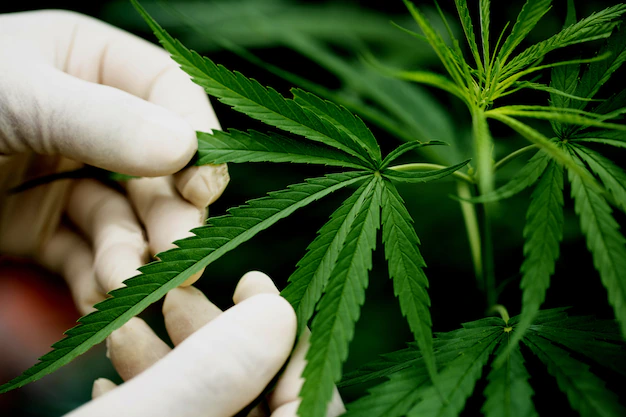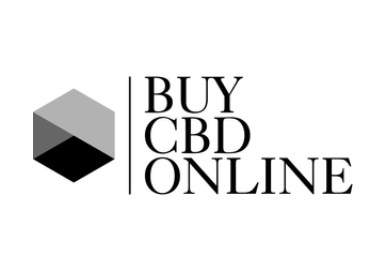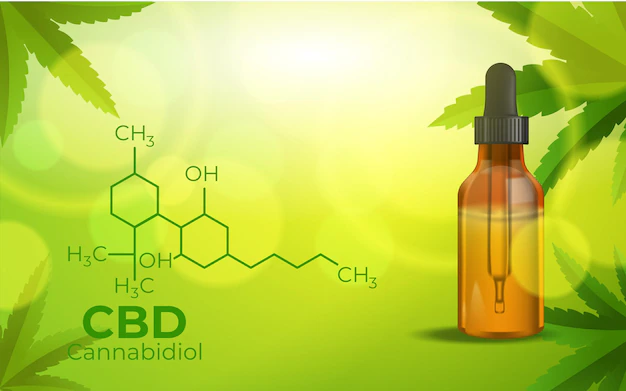Cannabidiol (CBD) has secured admiration as a promising integral remedy for numerous health issues including anxiety, epilepsy, and pain management. CBD is one of the various cannabinoids instinctively present in the cannabis plant. There is a broad range of CBD items including oils, tinctures, balms, and all of which may assist people experiencing physical pain.
Is CBD lawful?
CBD products involving more than 0.3 percent THC still fall under the lawful definition of marijuana making them federally illicit but legal under some state laws. Make sure to check state enactments especially when traveling. Also, be sure that the FDA has not allowed nonprescription CBD items and some brands may be inaccurately labeled.
What’s the Difference? — CBD and THC

The most general way to narrate the difference between CBD and THC is to mark that THC is intoxicating and CBD is not. CBD is the non-intoxicating cannabinoid and it’s what you’ll seek in hemp items that are lawful at the federal level. Hemp elements are mandatory to have less than .3 percent THC which is too little to get you high. It has some approved medical benefits, especially for certain kinds of pain. THC is the cannabinoid that provides you with all the good feelings. Products that hold more than .3 percent THC are illicit at the federal level but you can legally buy them in states where they allow the adult use of CBD.
Is CBD effective in pain control?
There are intimate and extrinsic cannabinoids. Endogenous cannabinoids are inherently taking the place of lipids that the body produces. The body does not build extrinsic cannabinoids. These mixtures are part of the cannabis plant. Such exogenous cannabinoids are:
- CBD
- THC
- cannabichromene
- cannabigerol
CBDs both endogenous and exogenous hitch to endocannabinoid receptors hooked to cells. These involve cannabinoid 1 and cannabinoid 2 receptors. This hitching action arouses different cell responses that clout pain signaling pathways. CBD does not lash very well to endocannabinoid receptors. However, it may merge with neurological receptors in the spinal cord that quell chronic inflammatory pain.
Surmising CBD Ratios
While many dispensaries and producers now mark the CBD: THC ratio for their products, it’s not an extensive practice. Many only impart a number for THC or provide a THC: CBD ratio. It can be puzzling to even adept consumers. If you have questions your best alternative is to bring your questions straight to the experienced staff at the dispensary. They can assist you to calculate the ratio of the products they hold and narrowing down your options. Some of the most normal ratios include 1:1, 5:1, and 10:1. A ratio of 1:1 means that there is a similar amount of CBD and THC in the product while 10:1 tells you that there is 10 times as much CBD as THC. It’s essential to keep in mind that the ratio is not the same thing as the amount of CBD and THC in each dose. If the label doesn’t provide a ratio you can calculate it yourself if you have the quantity of CBD and THC per dose. In many cases, the label will provide only the THC percentage or only the CBD percentage. In those cases, it’s assumed that the product involved only CBD with little or no THC or all THC.
Find the best CBD ratio for pain relief
Dismally there’s no firm and fast answer to the question “what is the best CBD ratio for pain relief”. There are just enormous variables containing your own needs. So most purchasers are left with trial and error to attain the best CBD ratio to give the relief they require. A few common things to remember:
- Products with a peak percentage of THC above 18 percent are possibly to have compelling psychoactive effects.
- Items with a percentage of CBD are less likely or not at all presumably to get you high.
- Products with a 1:1 ratio of CBD and THC will provide you with a more steady experience. You shouldn’t look for an outstanding euphoria but you’re able to experience some good feelings.
Benefits of CBD
Certainly, there is still much to grasp about CBD. Numerous studies show that CBD also assists to turn down seizure frequency in children with epilepsy. CBD can bring down the number of seizures and in some cases terminate the seizures altogether. Like most pain relief approaches (such as physical therapy) CBD works over time and with the accordant application. Most people admit the assistance of CBD for chronic pain relief. When utilizers apply CBD to their skin it can help to reduce pain and inflammation from arthritis.
Side Effects of CBD
First and foremost there are a few slight side effects of CBD utilization. It’s exotic just how adapted these side effects are but they attain nausea, fatigue, and irritability. Second CBD is grouped as a supplement and not a medication. Therefore the government doesn’t conduct CBD manufacture and use. Further CBD compels a lot more studies. There are no assurances about CBD use. So there’s no way of knowing exactly how it will affect you in the long term.
Final Thoughts
The best affirmation we have now is that whole-plant item, whether flowers or extracts, help out the most effective pain relief. As researchers drill deeper into the coverts of cannabis they’ll surely reach compact conclusions about things like dosing, suitable CBD: THC ratios for divergent conditions, and how much the escort effect has on your experience with dissimilar strains of cannabis. Until then your ideal guide is your history and the advice of a seasoned cannabis technician or provider as well as a consultation with a cannabis-friendly medical provider.
Also, Read How Old do you have to be to buy CBD


